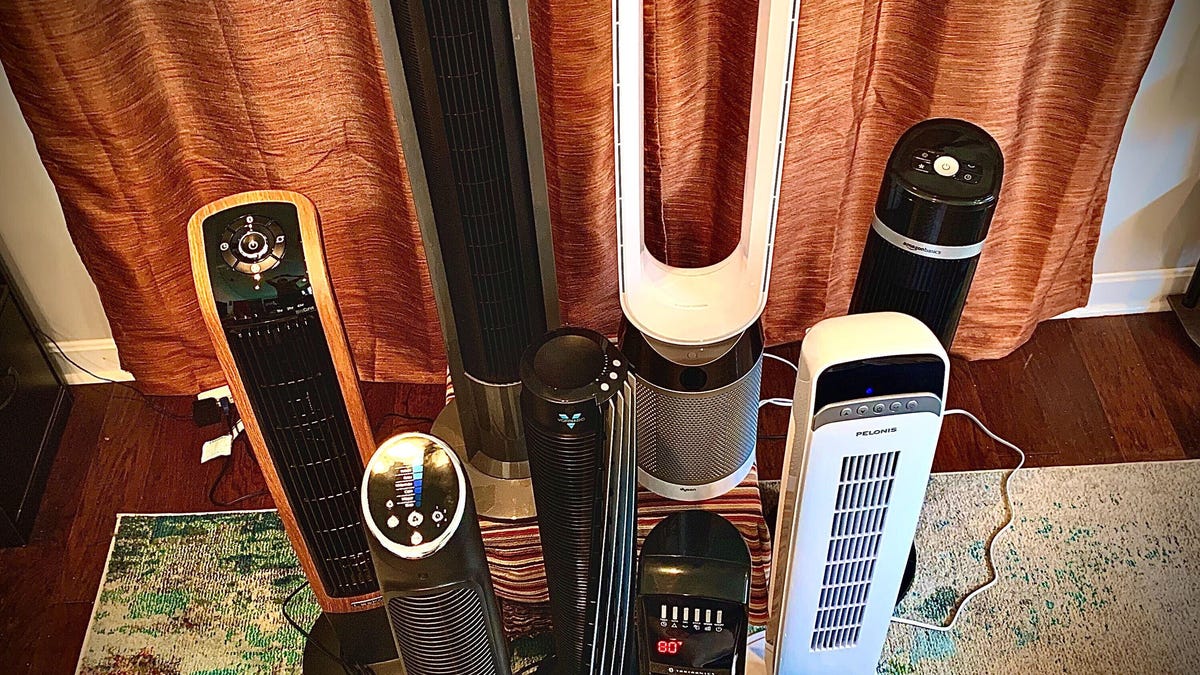We say hard workers are “busy as a bee,” but in a recent study, honey bees seemed more like employees in an office building.
Entomologists and engineers in the U.S. glued tiny QR codes to the backs of tens of thousands of honey bees in rural areas of Pennsylvania and New York. The unprecedented application of this technology, as detailed in a paper published in November in the journal HardwareX, will help scientists and beekeepers study how far the insects travel to collect food. Excitingly, the experiment has already shed new light on this crucial pollinator’s mysterious behaviors.
Previous studies suggest that honey bees can forage up to 6.2 miles (10 kilometers) from their hives, but the entomologists hypothesize that this rarely occurs. “The goal is to understand if that 10-kilometer estimation is biologically accurate. Can we determine exactly how far honey bees travel from their hives?” Margarita López-Uribe, an entomologist at Pennsylvania State University (Penn State) and co-author on the study, said in a university statement.
The QR codes, called fiduciary tags, essentially work like badges in an office building. The team developed an automatic imaging system with a sensor at the hive entrance to register each time a tagged bee enters or exits, allowing the entomologists to track their individual foraging times. The sensor records the individual bee ID, date, time, temperature, and whether the bee is entering or exiting.
Traditional entomology field work is usually less hands-on, but this approach is providing unprecedented insight into honey bee behavior.
“This technology is opening up opportunities for biologists to study systems in ways that weren’t previously possible, especially in relation to organic beekeeping,” said López-Uribe. Organic beekeeping includes, among other things, maintaining sufficient space from industrial regions to prevent bees from collecting pollen in polluted areas. However, since common bee foraging distances remain elusive, the U.S. Department of Agriculture’s recommendations for organic certification might be inaccurate in this regard.
“In field biology, we usually just look at things with our eyes, but the number of observations we can make as humans will never scale up to what a machine can do,” she added. In total, the team tagged over 32,000 bees across six apiaries with QR codes smaller than human pinky nails that don’t harm the bees or restrict their movement.
“We targeted young bees so we could track their age more accurately, especially when they start to fly and when they stop,” said Robyn Underwood of Penn State, who also participated in the study. Younger individuals are easier to handle because they don’t sting yet.
So, what are bees up to?
The researchers observed that most trips from the hive usually lasted between one and four minutes—potentially potty breaks or a quick weather check—and some longer excursions were still less than 20 minutes. However, 34% of the tagged bees ventured out of the hive for over two hours.
This longer absence could be due to longer foraging excursions. Some longer trips, for example, corresponded to time periods with less flowers, during which bees likely had to travel farther to collect their due. However, the scientists also admitted that the data could have been skewed by bees that simply never returned or entered the hive upside down, effectively hiding the QR code from the sensor.
Additionally, “we also found that bees are foraging for a lot longer over their lifetimes than initially thought,” said Underwood. Entomologists previously suggested that honey bees lived approximately 28 days, she explained. However, “we’re seeing bees foraging for six weeks, and they don’t start foraging until they are already about two weeks old, so they live a lot longer than we thought.”
When they do start foraging, bees within the same hive share information about food sources with each other through the so-called “waggle dance.” Now, the team is working with researchers from Virginia Tech to align their foraging time data with this behavior to continue investigating how far bees travel from their hive.
Maybe the next step will be gluing tiny AirTags to their backs.









 English (US) ·
English (US) ·